#brooch fashion
Explore tagged Tumblr posts
Text

Brooch with a Bird's Claw
c. 1860-1870
Scottish
The Walters Art Museum
2K notes
·
View notes
Text


Victorian Silver and Moonstone Scorpion Brooch
#moonstone#silver#insect#bug#scorpion#fav#brooch#vintage jewelry#fashion#antique jewelry#antiques#vintage#old jewlery#etsy#fine jewelry#jewelry
880 notes
·
View notes
Text
Today's Seal Is: Fishy Haute Couture
#the sealkeeper mentions his fashionable brooch hehe#seals#pinniped#daily#mod ribbon#phocidae#spotted seal
869 notes
·
View notes
Text















beetle + spider pins (GoodOldVintageNL)
#goodoldvintagenl#transparent by me#etsy#pins#brooches#insects#bugs#beetles#spiders#fashion#fashion pngs#pin pngs#transparent pngs#pngs
612 notes
·
View notes
Text
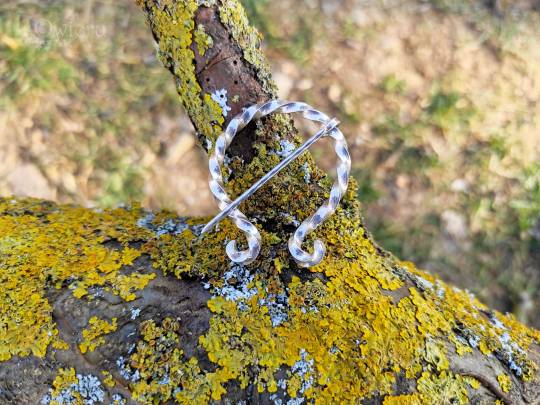
COMPLETE YOUR LARP OR COSPLAY COSTUME WITH THIS ELEGANT PENANNULAR BROCH.
"The Penannular or fibula brooch is called all kinds of metallic pieces used in ancient times to unite or fasten any of the garments that made up the dress, since the buttons were not developed until well into the Middle Ages. The most common have a similar shape to the modern safety pins, the needle being hidden under a disc or an arched platelet of gold, silver or bronze."
Store: Pennanular brooch sterling silver.
#pennanular brooch#fibula brooch celtic#celtic jewelry#mystic gifts fantasy#brooch fashion#lovers styles friend#LARP costume#role-playing#Costume Play#Live Action#Larp complements#Viking Cloak-Pin#Cloak brooch#broche penanular fibula#regalos especiales fantasia#joyeria de plata 925#estilo de joyeria celta#ambientacion vintage celta#simbolos celticos joyeria#Juegos de rol en vivo REV#Disfraces eventos LARP#complementos vikingos#disfraz de vikingo#LARP complementos para rol#broche para atar en capa#vestimenta y trajes de rol
1 note
·
View note
Text

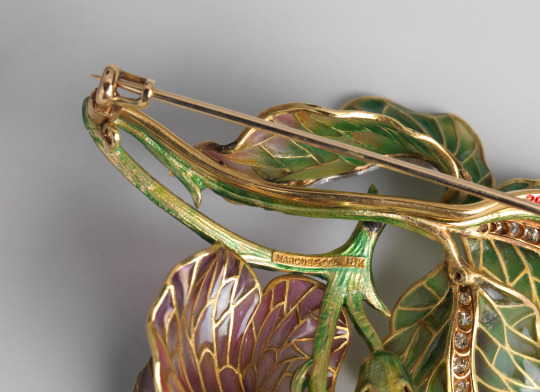
Brooch
Marcus & Co. (New York City, New York)
c.1900
This exquisite brooch is one of the few extant examples of plique-à-jour jewelry made by the New York firm of Marcus & Co., whose reputation at its prime rivaled that of Tiffany & Co. Herman Marcus (1828–99), a German–born and Dresden–trained jeweler, arrived in New York in 1850 and worked for a number of prestigious firms before establishing Marcus & Co. in 1892. Following his death, the company continued under the direction of his two sons, George Elder Marcus and William Marcus.
The brooch is a superb example of Marcus & Co.’s work in plique-à-jour enameling, in which the "cells" of color have no backing, allowing light to shine through the transparent enamel, thereby creating the effect of stained glass. One of the only jewelry firms of its day to succeed at this challenging technique, Marcus & Co. followed the lead of such innovative French designers as René Lalique. The sensitive 3-dimensional sculpting of the sweet pea blossoms and leaves, as well as the naturalistic coloring of the enamels, reflects the Art Nouveau aesthetic that prevailed at the turn of the century. Indeed, close parallels can be drawn with the brilliant naturalistic work of Louis Comfort Tiffany, whose oeuvre is so well represented in the Met’s collection.
The MET (Accession Number: Accession Number: 2016.107)
#brooch#jewelry#art nouveau#art history#1900s#turn of the century#fashion history#historical fashion#marcus and co#united states#floral#green#pink#enamel#pearl#diamond#gold#the met#images are pretty big HIGHLY recommend opening in a new tab
1K notes
·
View notes
Text
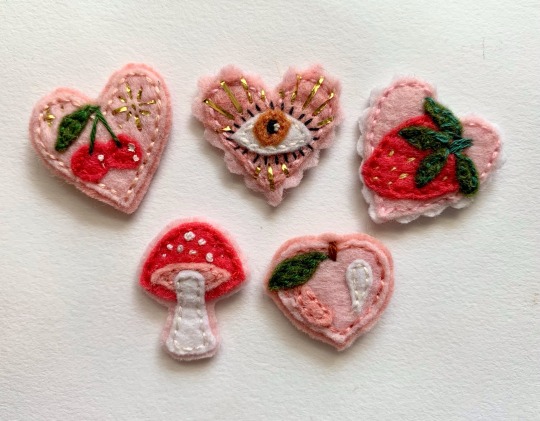
hand embroidered mini pins ❤️🍄🍒
all sold! more cute handmade stuff available in my shop 🫶
#recent etsy orders are going out tomorrow 💖#mine#my art#art#embroidery#textile art#fiber art#hand embroidery#needlework#textiles#heart shaped#pink aesthetic#lovecore#heartcore#mushroom#cherries#peaches#heart aesthetic#pins#brooch#jewelry#artists on tumblr#fashion
2K notes
·
View notes
Text
ouji/lolita designs!
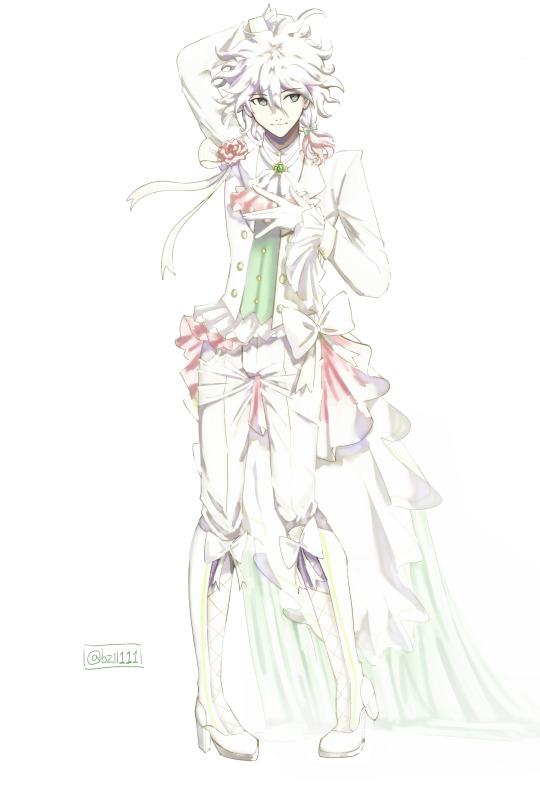
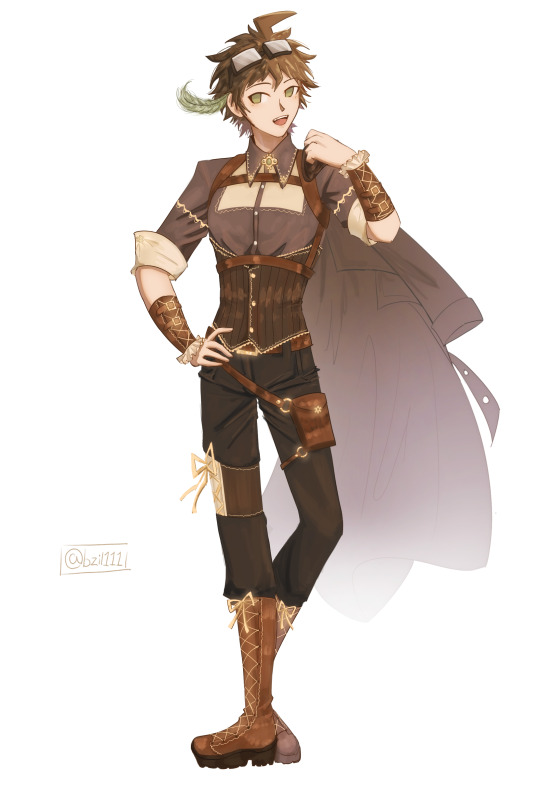


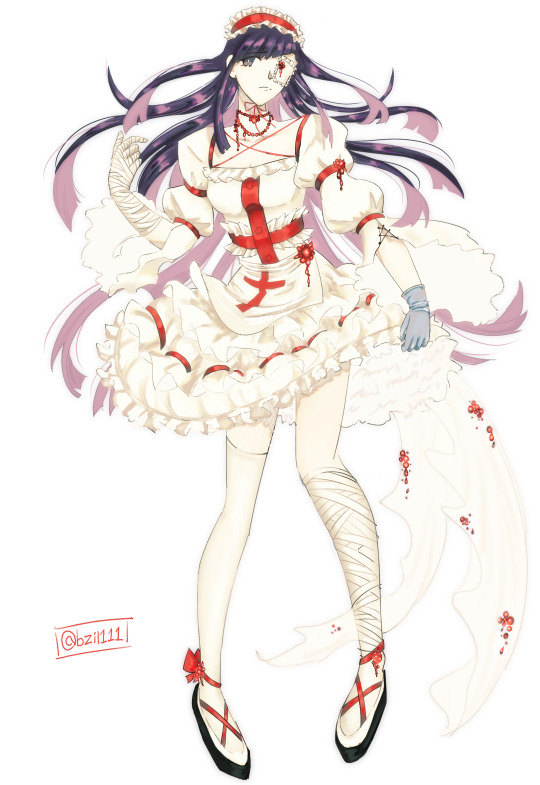
#danganronpa#sdr2#sdr2 fanart#super danganronpa 2#izuru kamukura#hajime hinata#nagito komaeda#chiaki nanami#mikan tsumiki#komahina#someone pls notice their matching brooches#i cant stop myself from slipping komahina into everything i can im sorry#original designs!!#spent way too fucking long on these#danganronpa fanart#lolita fashion#ouji fashion#bzil.art
961 notes
·
View notes
Text

pendant brooch with pearl, 1900s
#1900s style#1900s art#1900s fashion#circa 1900#early 1900s#1900s#vintage jewelry#old jewelry#art deco jewelry#jewelry pearl#pearl brooch
935 notes
·
View notes
Text

19th Century Articulated Crab Brooch set with a Garnet & Diamonds
#brooch#crab#jewelry#fashion history#historical fashion#history of fashion#19th century#antique jewellery#antique jewelry#vintage jewelry#frostedmagnolias
1K notes
·
View notes
Text
Okay, but what if Lucanis does buy Rook de Riva an important (mage)knife.
He gets knives, he has a good weaponsmith, but mages don't use their knives as much for stabbing/slashing directly as channeling elemental magic to stab with, so he goes to Emmrich and asks for the simplest, most paired down explanation of crafting materials' effect on magical frequencies that is humanly possible, specifically as it applies to knives.
Emmrich reminds Lucanis that he is in fact a stave user, but Rook would be a good person to ask.
Lucanis grits his teeth because he can tell from the older man's smile that Emmrich is having some fun at his expense. Of course Emmrich knows it's for Arsinoë. Lucanis hadn't wanted to be that obvious, but he can admit that it is.
Unfortunately, even when sincere, Emmrich is incapable of simple. Poor Lucanis knew this going in, of course and decided on Emmrich anyway because Neve would catch on too quickly and spoil her own gift and Bellara was equally incapable of simple and more prone to distracted tangents. It doesn't mean he's any more prepared to make sense of all this, and in the end he has to take Emmrich to meet his weaponsmith directly.
(The resulting "collaborative brainstorming session" almost scared Lucanis, put his favorite weaponsmith in a mind to possible shift specialties entirely, and cost House Dellamorte the price of a fully functional forge. It's still worth it.)
The end result is a beautiful piece of everite that feels vividly like the air in a storm in Rook's hands yet looks deceptively crystalline and fragile. It immediately becomes her favorite, unlike the vanished knife he gave Viago all those years ago, and from her shy smiles, he likes to think this time he's been understood.
Altogether, things are going well for once. If he feels more pride than maybe is reasonable every time he sees the everite blade in her hands alive with magic that cuts through a Venatori, then that's between him and Spite.
And Arsinoë. And Neve. And honestly everyone else because he's so terrible at hiding it.
All is going well, for once.
Until Tearstone Island, when he wakes up to Neve's anguished face, purple shards like crystal that cut through his gloves as he reaches for the snapped blade and severed hilt, his blood mixing with the sand, and-
and no Rook.
#Arsinoë de Riva#Lucanis Dellamorte#background Neve x Rook x Lucanis but it's not the main focus#Rookanis#rook x lucanis#minor implied#DATV Spoilers#Rook de Riva#Mage Rook#Mage Crow Rook#Crow Rook#I'm toying with what gift he got Neve bc Crow to Crow knives make sense#but I don't think she'd appreciate a staff as a courting gift#maybe a brooch with some sort of protective enchantment or mana boosting properties? still handy in a fight because it is still a gift from#a Crow Talon#but not so directly as an actual knife AND it goes with Neve's aesthetic#Arsinoë does not have a fashion sense to both her partner's quiet amusement and occasional dismay so for her the knife was better
151 notes
·
View notes
Text



Antique Saphiret brooch in the shape of a bug Likely to be Edwardian circa 1901-1910
#1900s#Edwardian#brooch#vintage jewelry#gold#fashion#antique jewelry#antiques#vintage#old jewlery#etsy#fine jewelry#bug#insect#saphiret#blue
635 notes
·
View notes
Text

Tiffany Céleste features the diamond-encrusted nocturnal bird perched on a black opal of over 21 carats with 11 oval sapphires of over 6 carats on its wings
#tiffany & co#jewelry#jewellery#brooch#diamond#baubles#designer jewelry#luxury jewelry#toya's tales#style#toyastales#toyas tales#fashion#art#clothing#fall vibes#fall aesthetic#fall#october#celeste#night owl#cute owls#owls#nocturnal#opal jewelry#opal#sapphire#fashion accessories#fashion photography#fashion inspiration
173 notes
·
View notes
Text


#'tis a cute subtle callback imo#that embroidery is so chonky but in a good way those leaves are meant to be looked at lol#tho the Lothlorien brooches are of course based on their local leaves#in-lore it doesn't seem unlikely for it to possibly be a common and popular motif in elvish fashion across the realms#the rings of power#rings of power#trop#rop#Celebrimbor#LotR#elven leaf brooch
194 notes
·
View notes
Text

Bodice Ornament & Hair Comb
René Lalique
1903-1904
The Art Nouveau style caused a dramatic shift in jewellery design, reaching a peak around 1900 when it triumphed at the Paris International Exhibition.
Its followers created sinuous, organic pieces whose undercurrents of eroticism and death were a world away from the floral motifs of earlier generations. Art Nouveau jewellers like René Lalique also distanced themselves from conventional precious stones and put greater emphasis on the subtle effects of materials such as glass, horn and enamel.
René Lalique, 'the admitted king of Paris fashions', chose his materials for aesthetic effect and artistic refinement, not for mere preciousness or brilliance. Credited with introducing horn into the jewellery repertoire, he dazzled the public with a collection of ornamental combs made of horn. They were moulded and sculpted in the shape of flowers, waves and butterflies.
Victoria & Albert Museum (M.116A-1966 & M.116A-1966)
#art nouveau#historical fashion#fashion history#art history#rene lalique#1900s#brooch#comb#belle epoque#1903#1904#france#20th century#turn of the century#glass#enamel#gold#opal#jewelry#v and a
918 notes
·
View notes
Text

June Knight, 1930s
#june knight#1930s#classic actress#classic hollywood#old hollywood#vintage photography#black and white photography#vintage fashion#1930s fashion#risque#brooch#glamour#old glamour
70 notes
·
View notes